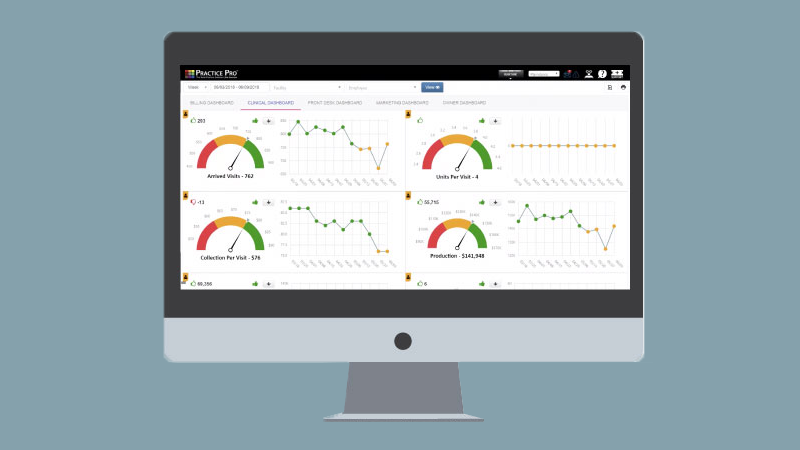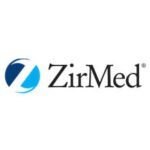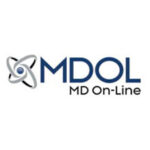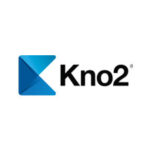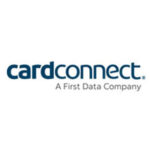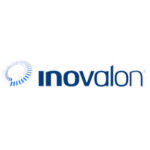What gets measured gets managed. When it comes to the performance metrics that help you effectively manage your physical therapy practice, there are several flavors to choose from. Different ways to slice and dice them and multiple dimensions along which you can look at a vast array of metrics.
Physical Therapy Performance Metrics: There Are Many
Tactical metrics track progress toward specific business goals or objectives while strategic metrics help move the entire organization forward. Patient Arrival Rate and Total Charges Billed would likely be examples of the former while Revenue Per Therapist and Net Promoter Score could perhaps be considered more strategic.
Financial metrics (Charges Per Visit/Charges Per Therapist, Units Billed per Visit, Days Sales Outstanding, among others) are clearly all about revenues and profits while operational metrics (Therapist Productivity, Vacancy Rate, to name a few) help you keep a handle on practice efficiency.
Vanity metrics like Visits Per Case may have little bearing on patient outcomes and offer limited value. On the other hand, an outcome metric like Completed Plan of Care signals if patients are happy with their care and if goals are being met.
Then, we have metrics that offer a rear-view mirror look at what has transpired. There could be several examples: Revenue Per Month, Total Charges Billed, Number of Visits, and so on. On the other hand, you have real-time metrics that can guide responses in the moment. For example, the Patient Cancellation Rate can determine what accommodations to make while scheduling a patient.
Not to miss out on marketing metrics like the Number Of Referrals, Patient Conversion Rates, and Patient Acquisition Costs that point to the success of your marketing efforts.
Physical Therapy Performance Metrics: Getting In Balance
To develop a complete picture of practice performance, it may be necessary to strike a balance between the various types of performance metrics. This would help you step up physical therapy processes to improve financial, operational, and patient outcomes. But this is easier said than done. The need is to effectively capture the present moment while preparing for the future.
Productivity can be a major factor in physical therapy as it is in any other industry. But productivity as a metric, however, cannot obviously be the sole driving force for growth. This point is particularly relevant for the physical therapy sector where care and patient-centric services are front and center.
When quality declines from an over-emphasis on productivity, the consequences could ironically include drops in productivity and margins. The unique challenge of the physical therapy sector is therefore to achieve an optimum mix of productivity and quality.
Key is to measure what matters to your practice with the right number of performance metrics to avoid losing sight of the forest for the trees. Your EMR / Practice Management system should be able to generate any number of performance metrics and help you track them through reports and dashboards, but focusing on a select set could result in better outcomes for the practice. Analyzing too many metrics could end up losing sight of important details. Analyzing too few could provide less than a full picture.
In addition to internal metrics, comparing your practice against industry benchmarks as well as against peer organizations could show how you stack up, where you meet or exceed industry/peer averages, and others where your practice comes up short.
Physical Therapy Performance Metrics: What The Future Holds
The next generation of performance metrics will likely use Artificial Intelligence (AI) and predictive algorithms to strengthen workflows and increase patient satisfaction. Smart metrics that analyze the benchmark for a particular process and compare performance to industry standards will highlight areas of weakness and indicate what preemptive actions are required to proactively meet benchmarks.
By tracking metrics through AI-driven predictive models and actioning them through a data-driven approach, an integrated view of patients and processes could be achieved. This strategy could have a huge impact on patient care and operational efficiency and lead to order of magnitude improvements in patient outcomes.
End of the day, applying performance metrics would really be a mix of art and science that is driven by advances in technology, EMR, Practice Management, and data collection. Measuring your results enables you to finetune processes for the future, generate actionable insights for more informed strategic decision making, and enhance patient and therapist experience.
Technology for generating and tracking metrics will continue to leap forward but the challenge of balancing them and interpreting them will likely remain.

